Rudd Public Library

-
SQ. FT.1,798
-
Budget$795,000
-
Market
-
Year2024

- 2025 · American Institute of Architects, Central States ChapterMerit Award
- 2025 · American Institute of Architects, Minneapolis (Minnesota) ChapterMichael L. Schrock Merit Award
- 2025 · American Institute of Architects, Minneapolis (Minnesota) ChapterMerit Award
- 2025 · International Interior Design Association Great Plains ChapterHonorable Mention
In the aftermath of this tragedy, the library board was determined to push forward, rebuilding stronger and better.
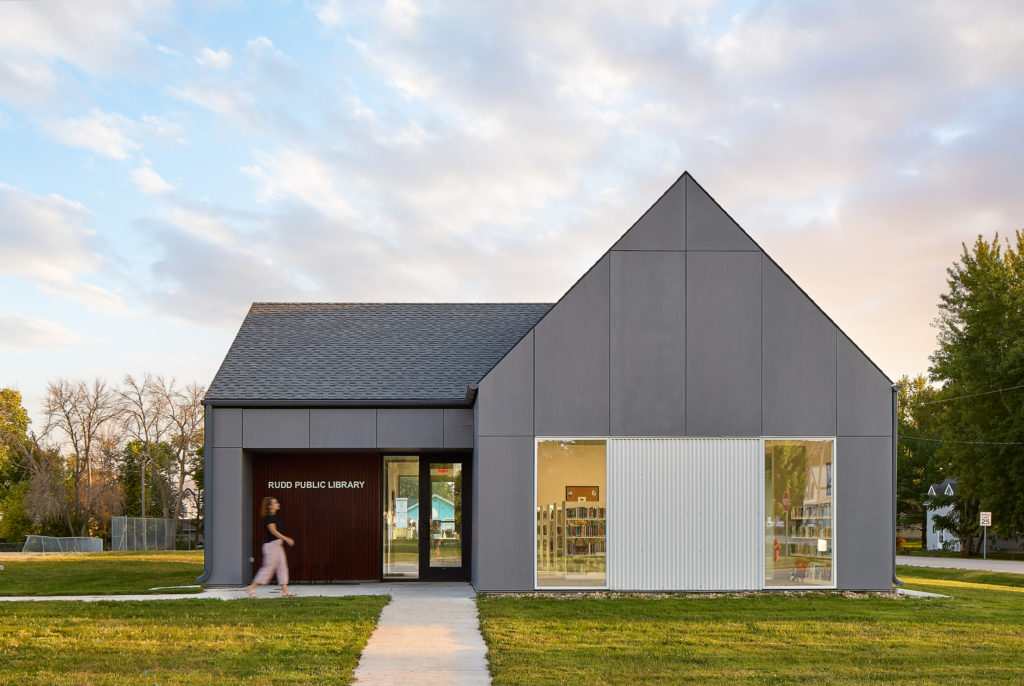
The library was rebuilt on a new site next to the community’s recreation center. The design of the new library takes cues from the surrounding residential neighborhood. Using simple massing and materials, the use of daylighting and open spaces expand the sense of space in the 1,798-square-foot building. Highly functional, multi-purpose spaces and flexible furnishings further serve to make the most of a small footprint.
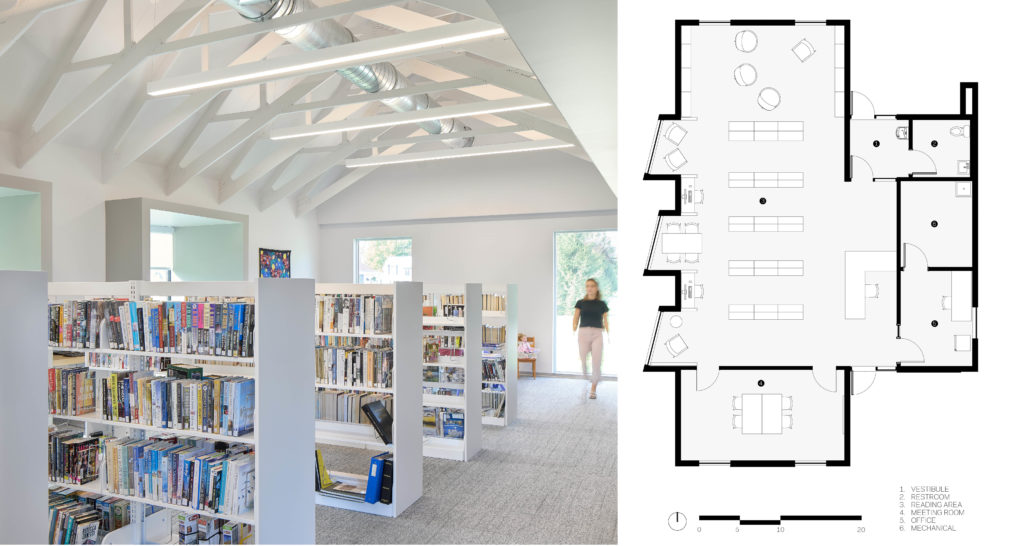
The neutral interior is meant to put the collection in the forefront while evoking a sense of calm and restoration after the storm. It reflects a community coming together, healing from the scars of disaster, and affirming a sense of home in rural Iowa.
Program space is expanded to the outside with 3D-printed concrete forms that provide the community additional areas to gather. The 3D printed reading circle is the result of a university/industry collaboration between the Iowa State University Computation & Construction Lab and OPN Architects. This unique partnership merged knowledge and resources to advanced innovation in 3D printing and augmented reality technologies, materials, and methods.
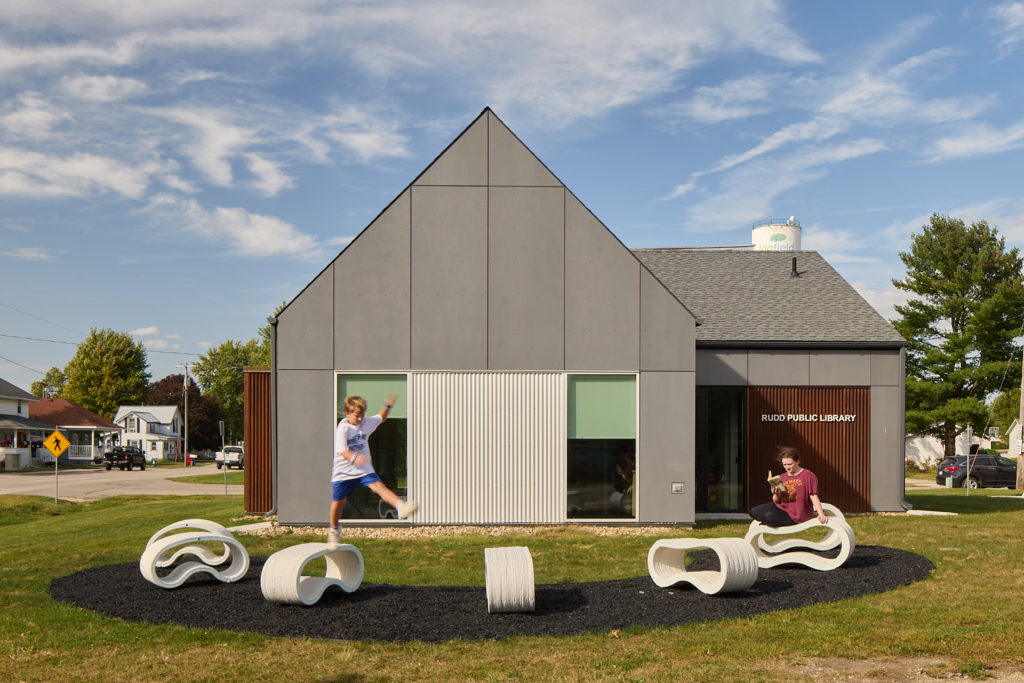
OPN’s Digital Practice Team and ISU’s CCL team spent more than a year experimenting with shapes, concrete consistencies, and structural integrity before arriving at the final solution, two amoeba-like shapes formed by a 3D printed concrete and reinforced by rebar. The design team also installed the forms using augmented reality to ensure the exact placement on the site.
The installation gave us the most perspective on what this could actually mean for the industry.
Jamie Craine, AIA, Digital Practice Team
The curvilinear forms at varied heights facilitate movement and changes in position during use to promote physical health, enhanced concentration, and engaged learning. They also engage the public visually as an artistic installation. After dark, a glowing profile minimizes tripping hazards and activates the site for passersby and evening events. The installation also demystifies emerging technologies and exemplifies how 3D printed concrete might be integrated into strategies for disaster resilience in small towns.
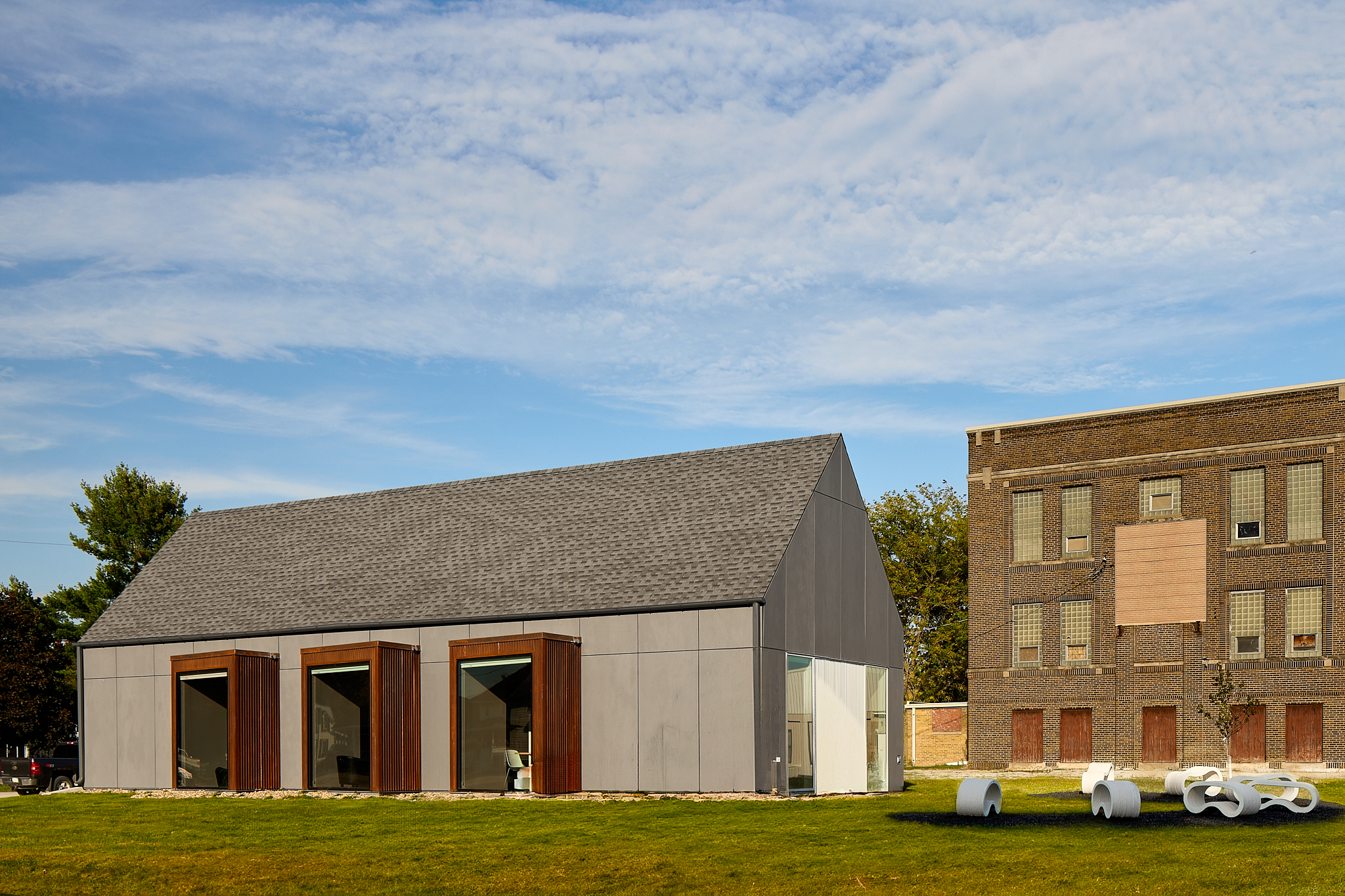
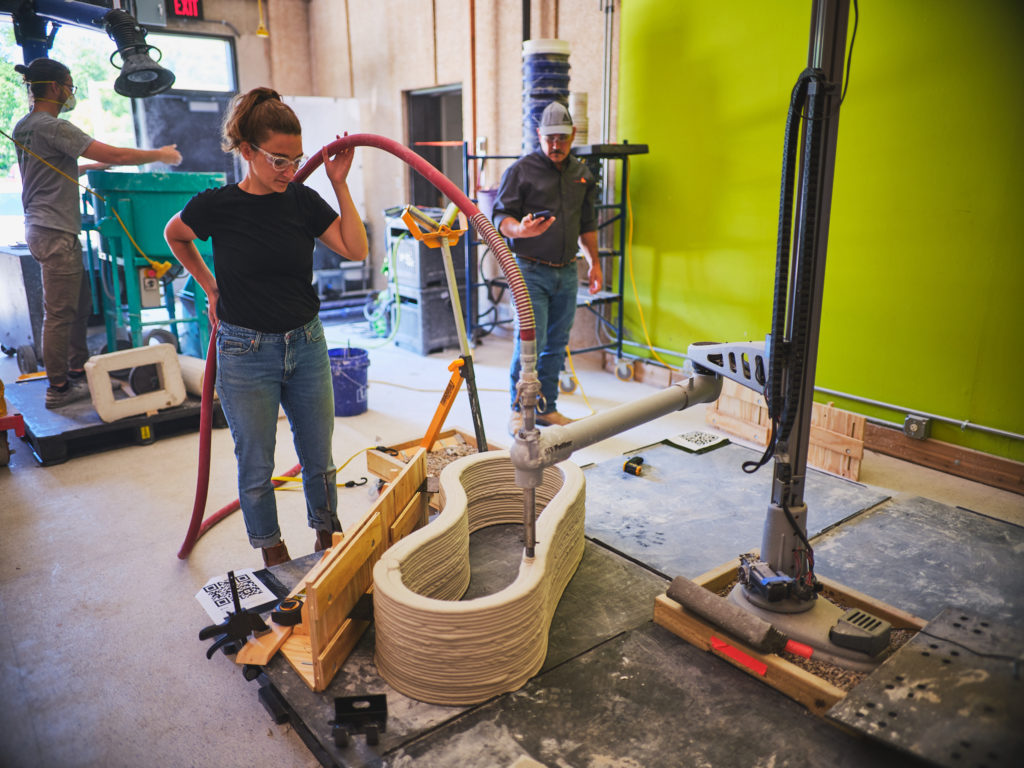
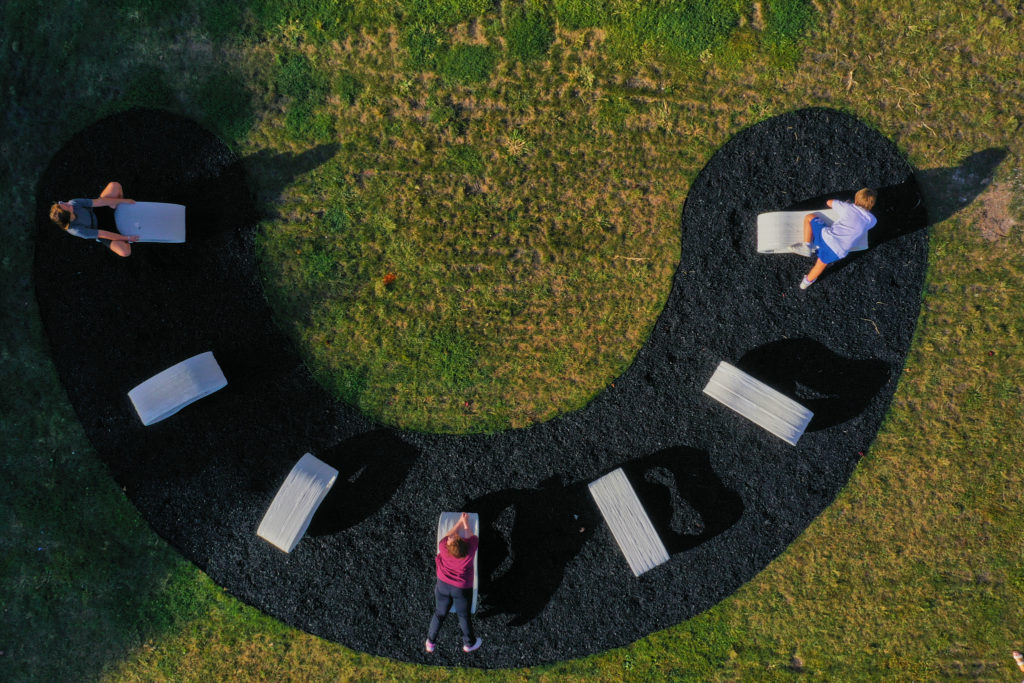
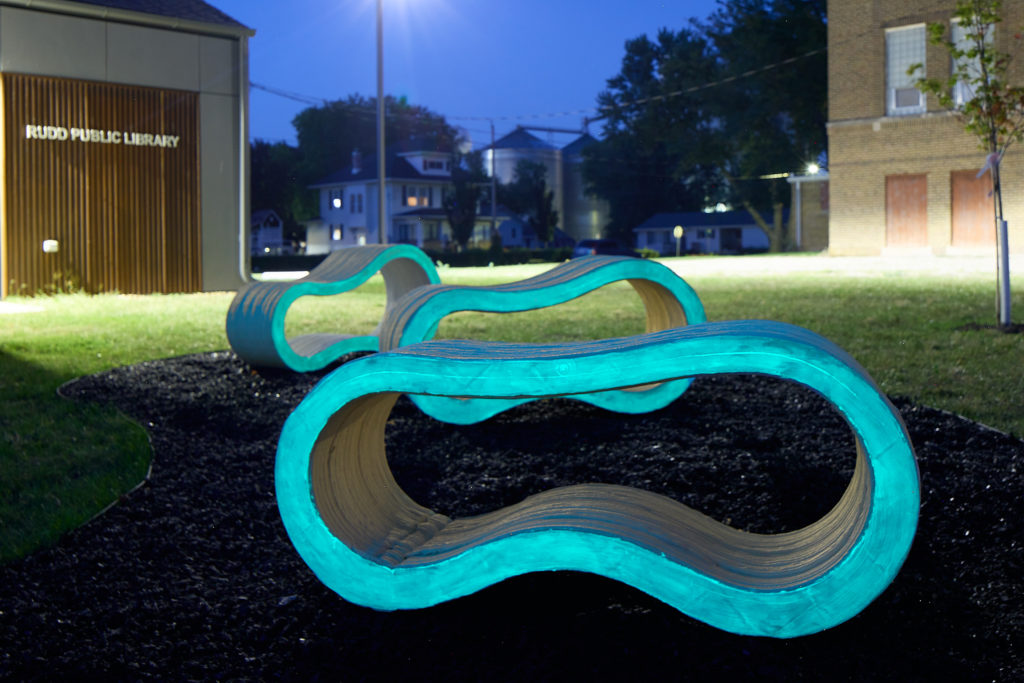
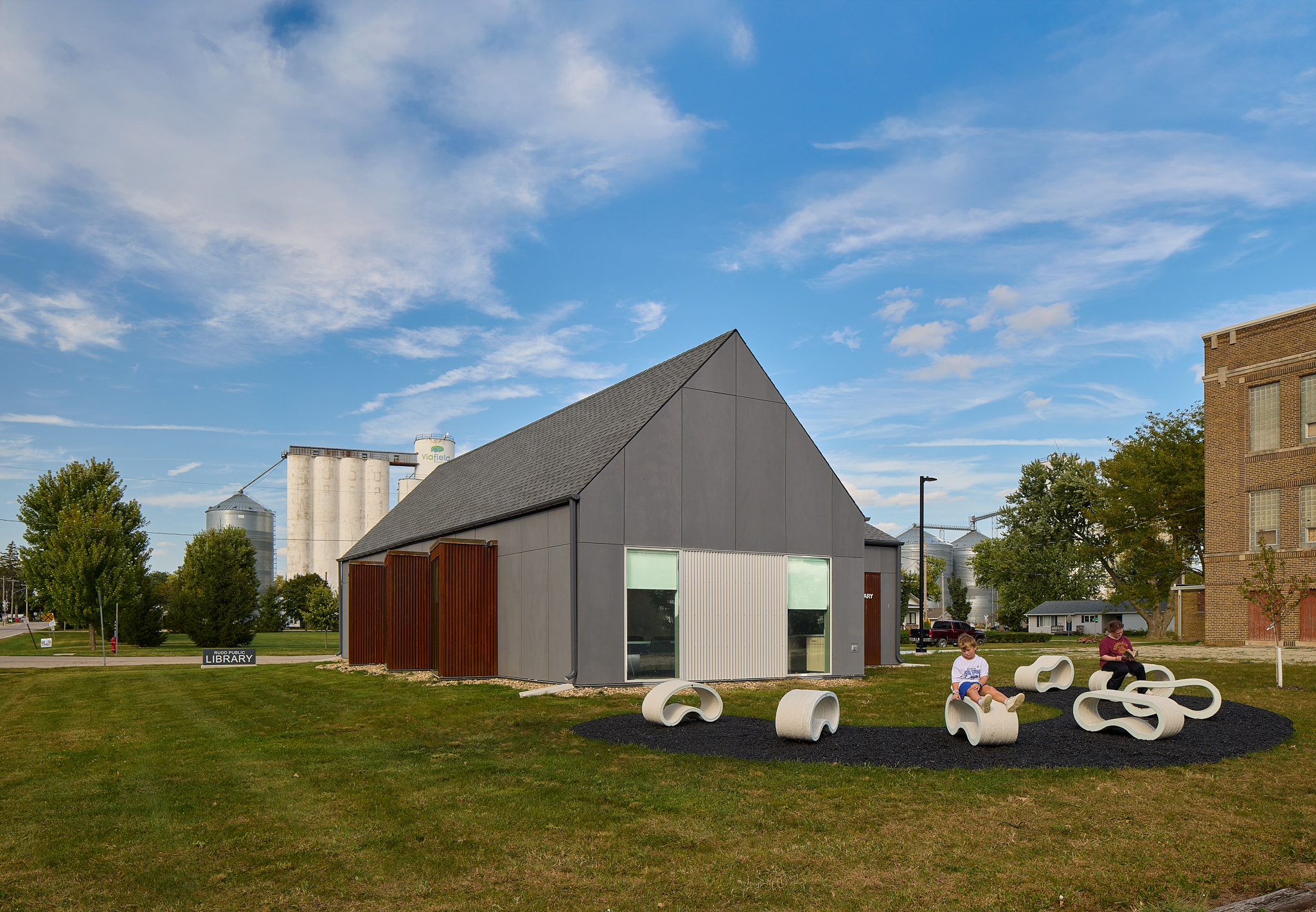
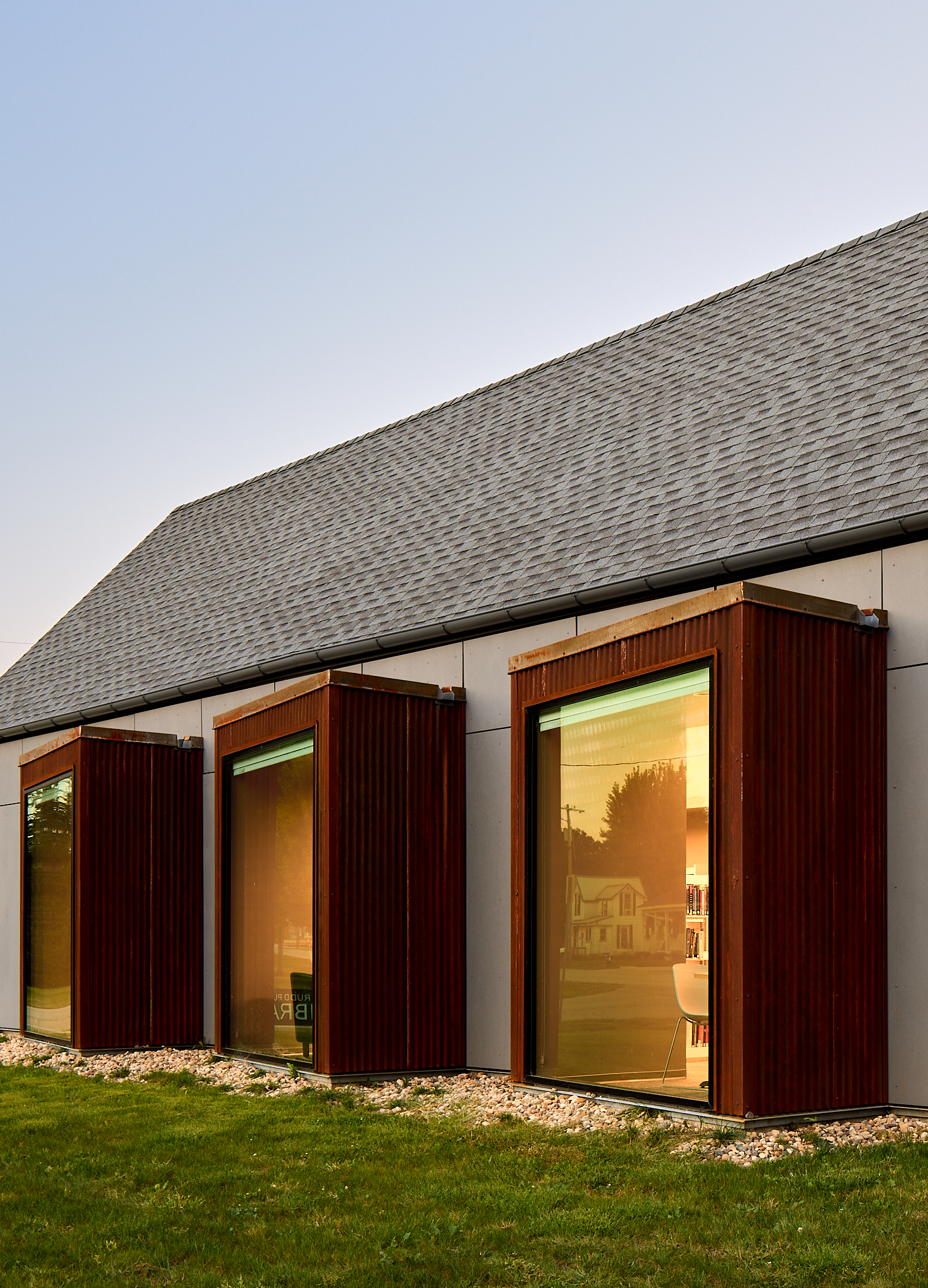
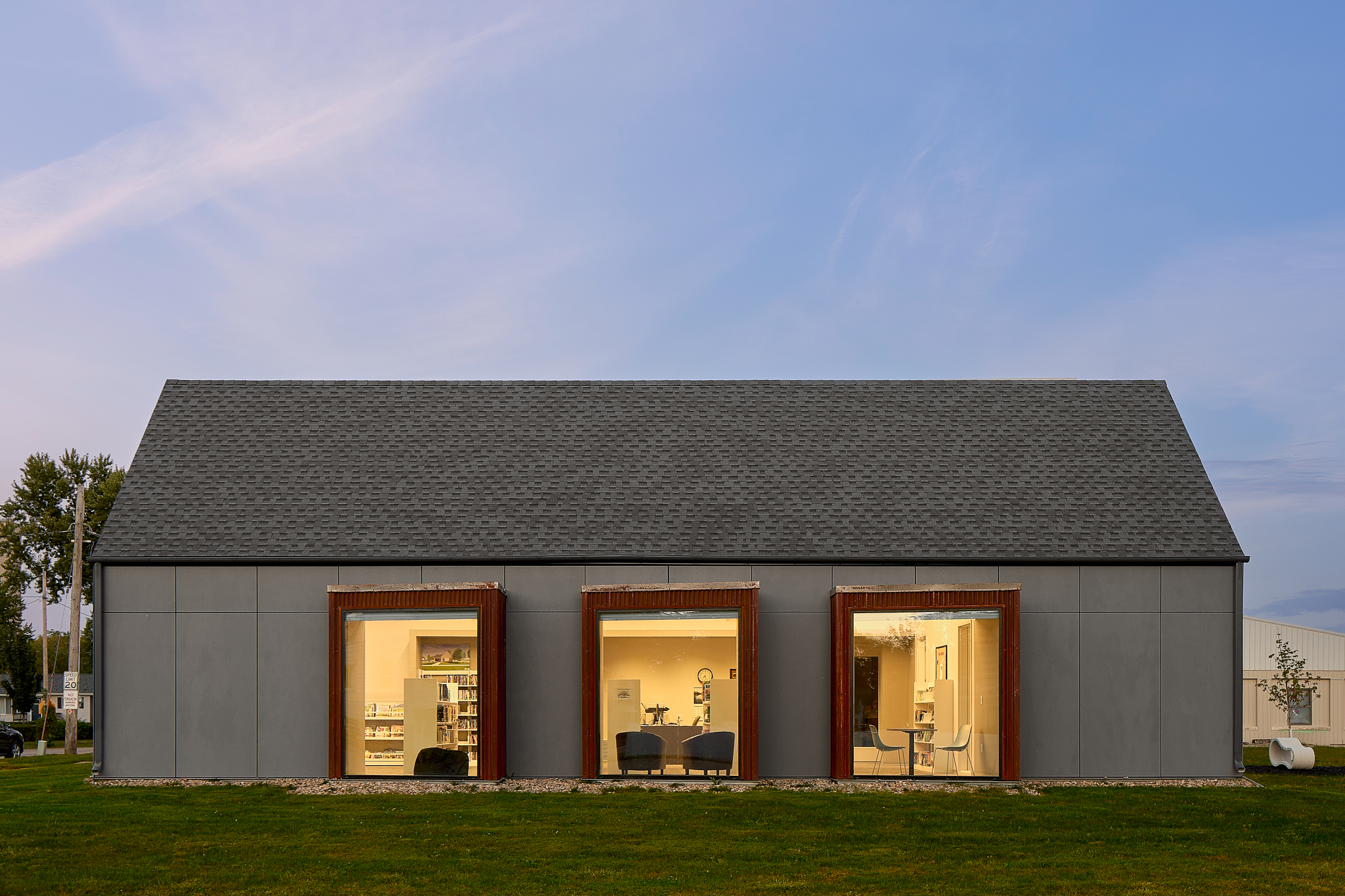
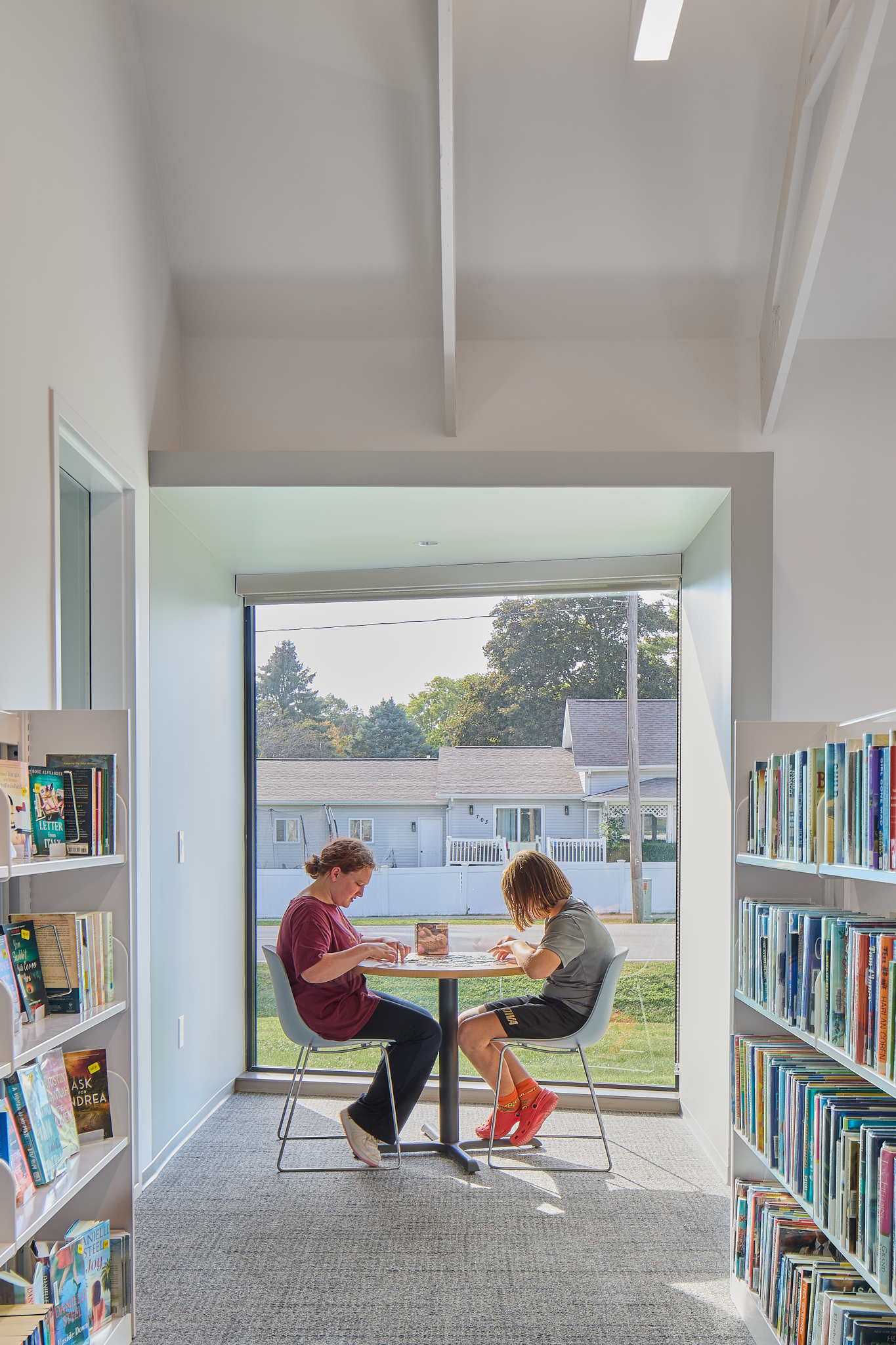
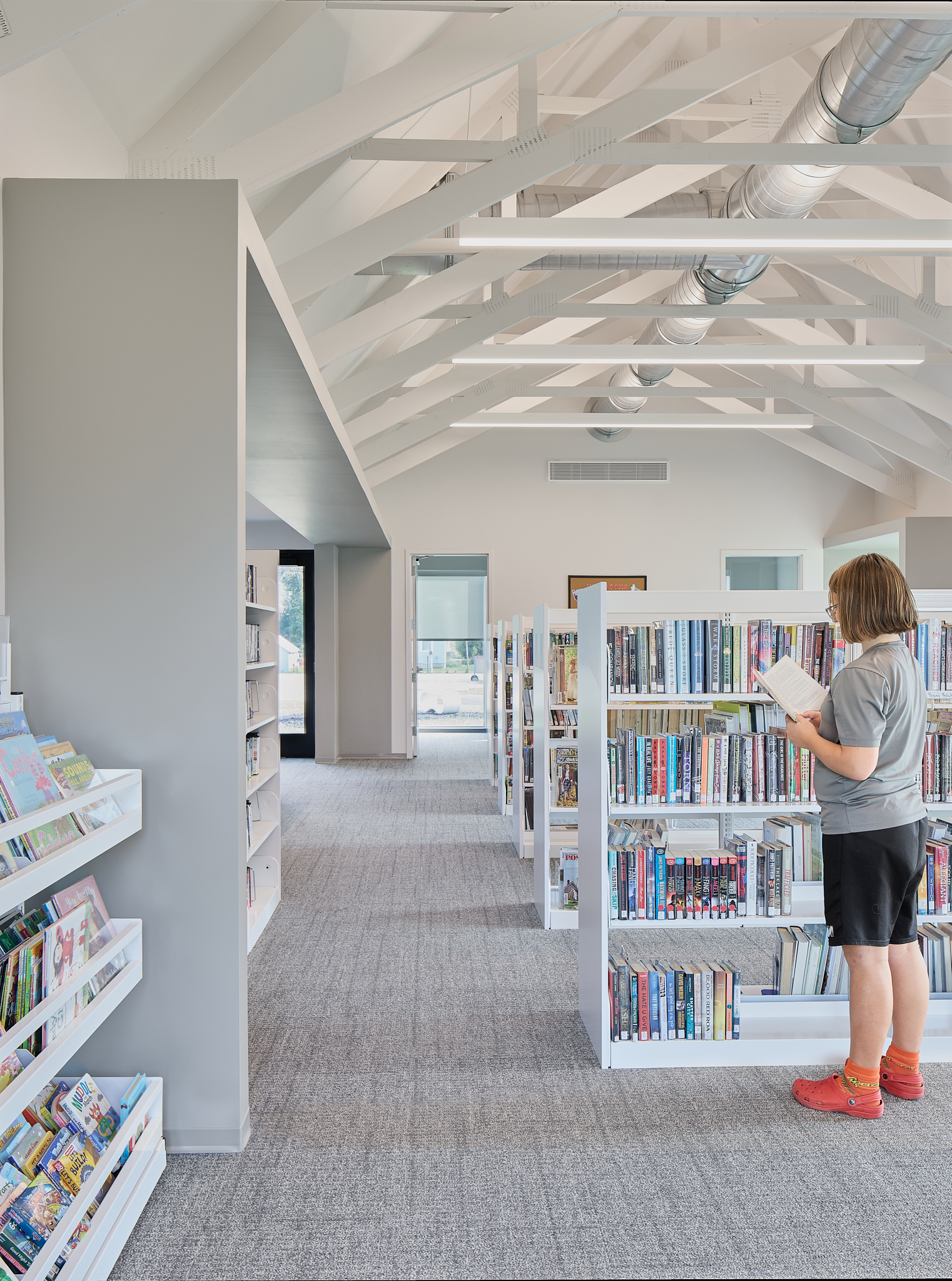
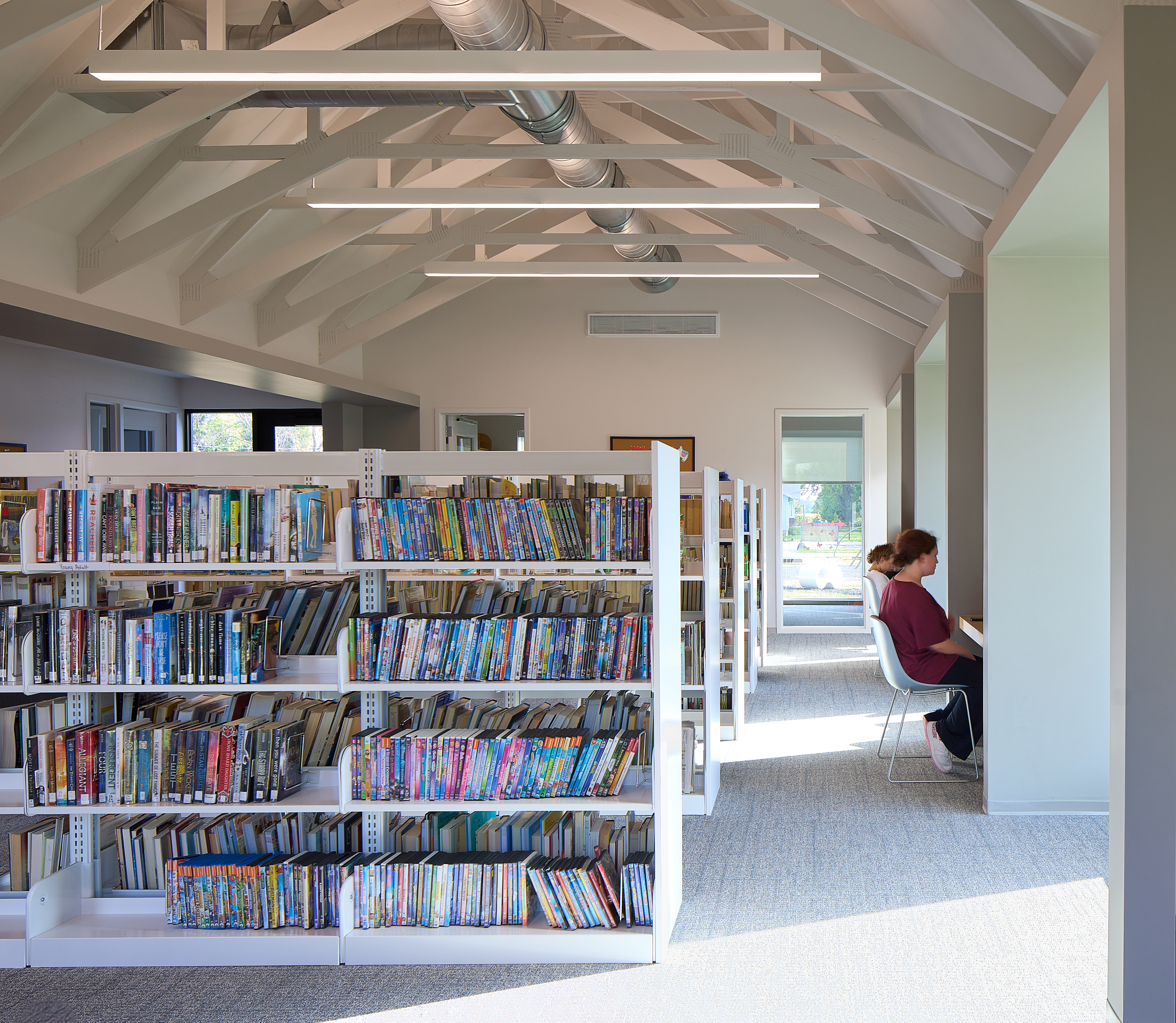
 Discover More
Discover More

